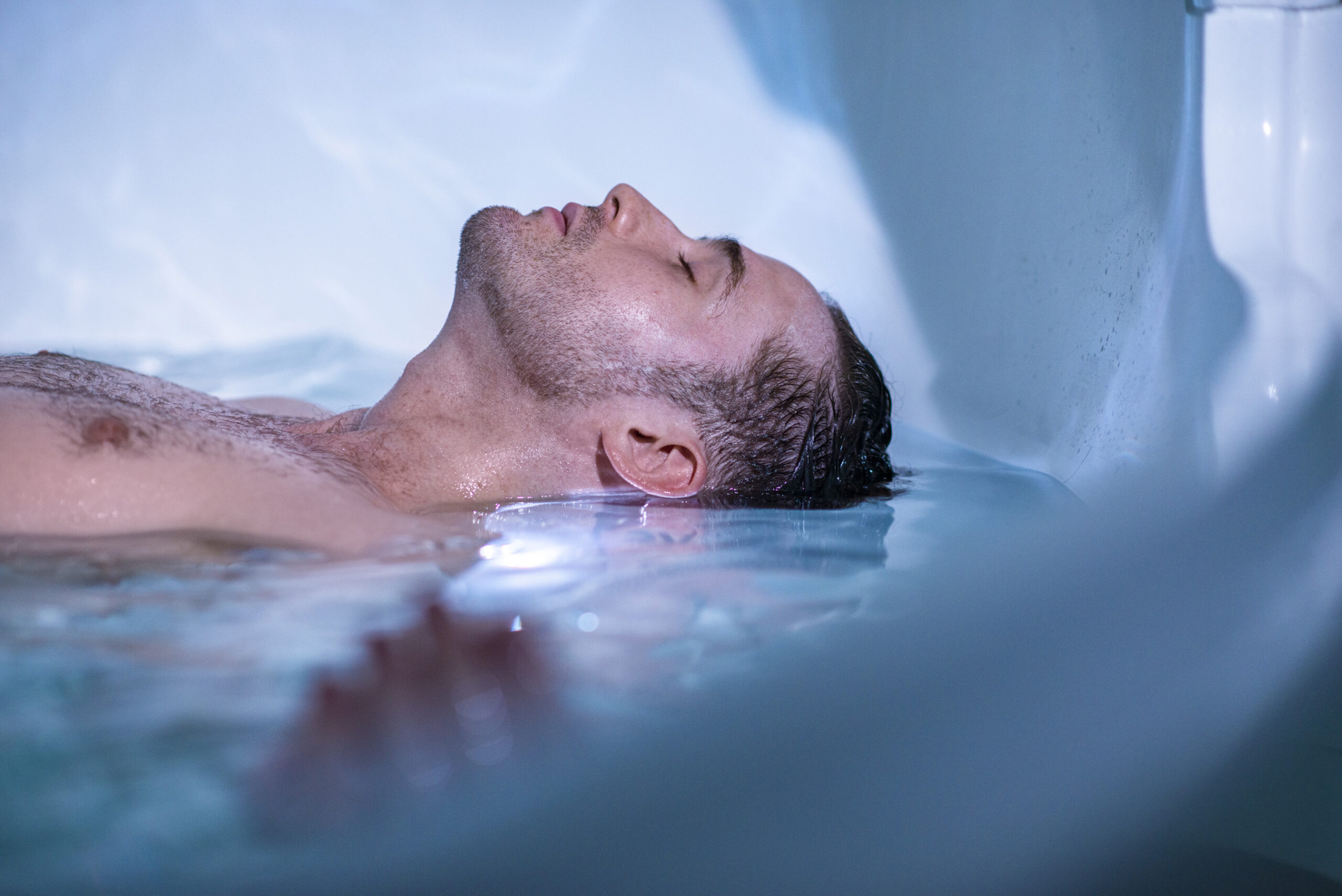FLOAT THERAPY AND MEDITATION
Learning to meditate can be difficult for those who have never explored it before. The idea of disconnecting from the external world and focusing on the inner world can be scary, especially as there are still so many unknowns. For people who have never thought about what it feels like to switch off completely, or perhaps think that they can’t stop their mind from thinking, it’s difficult to know where to start with meditation.
However, practising meditation isn’t just about sitting on a meditation cushion and emptying the mind from thoughts. There are various ways to experience the health benefits of meditation without the frustrating experience of trying to clear the mind. These are some of the best practices to release stress and anxiety for beginners, especially if you think you can’t meditate.
Humming
Humming has a very soothing effect on the mind and body. Swedish researchers found that humming at the same time as nasal breathing produces a significant efflux of nitric oxide from the sinuses into the airway, 15 times higher than during normal breathing.
Prior the 1990s, nitric oxide was considered a highly toxic substance, which is accurate when nitric oxide exists outside of the human body. However, inside the body nitric oxide has a significant positive impact due to its antioxidant properties that protect the heart by relaxing blood vessels, lowering blood pressure, and even defending against tumour cells. Specifically, nitric oxide helps dilate capillaries and increase blood flow. Think of nitric oxide as “Viagra for your entire body”.
To hum, simply sit or lie down. Inhale gently through the nose, keep your mouth closed and, as you exhale, produce a humming sound. Withing a few minutes, you will start experiencing a calming effect on a physical and mental level.
Breathwork
Breathing is the simplest way to connect with your body and ground yourself, but many people do not know how to breathe correctly. That might sound strange because everybody assumes that they know how to breathe, but many people are shallow breathers.
Due to stress, modern lifestyle and incorrect breathing, most people are in a chronic state of low-grade stress. Breathing is unconscious, but we do have a degree of control over it. We can consciously influence it, and by changing our respiration, we can change our state of mind. So, taking control of our breathing is one of the quickest ways to reduce stress and ease anxiety.
Breathing is regulated by the autonomic nervous system. The inhalation is linked to the sympathetic branch of the nervous system (which regulates arousal) and the exhalation is linked to the parasympathetic branch of the nervous system (which regulates relaxation). For example, when we inhale our heart rate speeds up a little and when we exhale it slows down.
Based on this simple physiological function, to calm down and relax, just focus on the exhalation and slow down the pace of your breath. Slow breathing and prolong exhalations stimulate the relaxation response and you will feel more relaxed within minutes.
Floating Tank
A flotation tank, also called sensory deprivation tank, is a dark, soundproof tank filled with a few centimetres of salt water. The water is heated to skin temperature and nearly saturated with Epsom salt providing buoyancy so that you float more easily.
Inside the tank you are cut off from all outside stimulation, including sound and sight. As you float weightless in the silence and darkness, the brain tends to enter a deeply relaxed state.
A floating tank session has several psychological benefits on conditions such as anxiety, stress, and chronic pain. This study showed that a single one-hour session produced a significant reduction in anxiety and improvement in mood in the 50 participants with stress and anxiety related conditions.
However, for some people, being isolated in a dark environment without any entertainment for 1 hour can be daunting. In some cases, this experience may even exacerbate the “racing mind effect”, leading to increased anxiety. To counterbalance this possible negative effect, a good strategy is to combine humming with slow breathing during the sensory deprived floating session.
When used properly, and in conjunction with the practices described above, a sensory deprivation tank may lead you to experience a state of deep meditation. If you are new to meditation, and don’t know how to relax, unwind, and switch off, these are some of the best practices to engage with.
Book a floating tank session, slow down your breath, hum, and enjoy a state of total relaxation.
Francesco Gatti
Francesco is a meditation & lifestyle expert, author and co-founder of Bliss Out that provides workplace wellness solutions –
www.blissout.co





